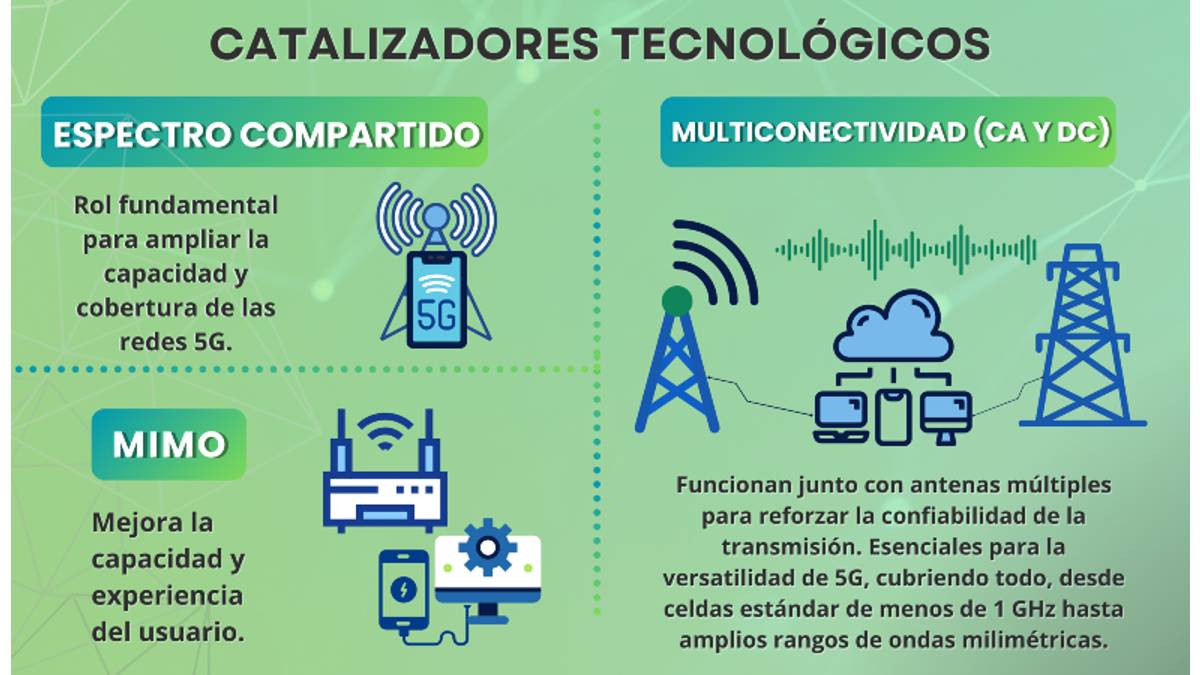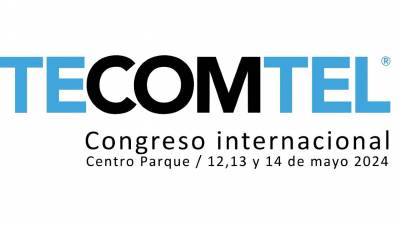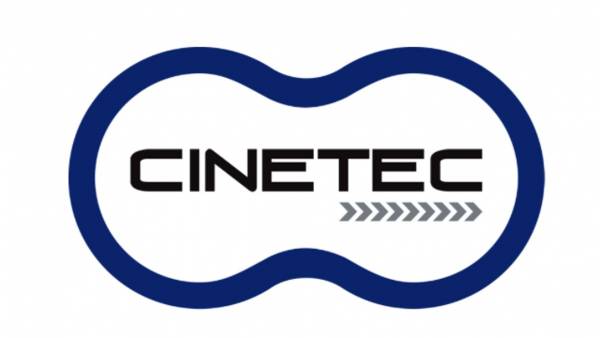Latin America. As network deployments progress around the world, 5G continues to demonstrate significant advancements in its capabilities and advantages, enhancing legacy 4G services in a wide range of areas.
The technological superiority of 5G over its predecessors lies in its innovative architecture and technological catalysts that are opening the way to new use cases today – such as Fixed Wireless Access (FWA) and private networks – and also in the future, as other proprietary and complementary technologies continue to mature.
The main objective of the architectural improvements made to telecommunications networks is to improve overall operational efficiency. Recently, notable architectural advancements have been observed within 5G networks, with a continuous trajectory of improvements, an infographic from 5G Americas shows. Among these innovations in 5G architecture, the maturation of four key cutting-edge functionalities stands out: the Radio Intelligence Controller (RIC), Network Application Programming Interfaces (APIs) for programmable networks, edge computing, and network slicing. These four elements will be key, considering also that virtualized radio access networks (vRAN) and open radio access network (Open RAN) implementations are already yielding efficiencies and adaptability for operators.
In Open RAN, the Radio Intelligence Controller (RIC) continuously monitors and analyzes factors such as radio conditions, traffic patterns, and user behavior to make informed decisions. It automates essential functions within the RAN, leading to less human intervention, improved operational efficiency, and rapid responses to network changes. The two variants of RIC (real-time vs. non-real-time) contribute to a network that can deliver real-time adaptations and future-focused network optimization insights.
Network Slicing is a revolutionary concept that is only possible in 5G Standalone that allows the creation of multiple virtual (or logical) networks within a shared physical infrastructure. Each network segment can be customized with the appropriate 5G features and capabilities needed to meet the unique requirements of a use case (e.g., ensuring quality of service for a specialized service).
Edge computing is a paradigm that brings computational tasks and data processing to the vicinity of where data is generated or used (e.g., the edge of the network). This can enable low-latency, high-throughput applications. In the context of 5G, edge computing leverages the proximity of edge servers to user devices, reducing data transfer times and improving the responsiveness of applications in real-time.
Finally, application programming interfaces (APIs) for networks and services seek to simplify the complexity associated with network functionalities and information, allowing the creation of novel applications and services, taking advantage of the capabilities of 5G. APIs can be external (designed to be consumed by a third party) or internal (for technical capabilities towards the operator).
In addition to the broad evolution of 5G architecture, there are also technology catalysts that have played a crucial role in revolutionizing wireless communication. These enablers include advances in shared spectrum, MIMO (Multiple-Input Multiple-Output) capabilities, and carrier aggregation (AC) and dual connectivity (DC), the latter two elements that are often conceptually framed as multiconnectivity. These enablers have collectively paved the way for improving the performance, capacity, and possibilities of 5G FWA and P5G networks.


























Leave your comment